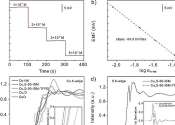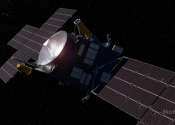Researchers report new solid contact, ion-selective electrodes
A research team led by Prof. Huang Xingjiu from the Hefei Institutes of Physical Science of the Chinese Academy of Sciences constructed a highly stable solid contact calcium ion-selective electrode. They used synchrotron ...









